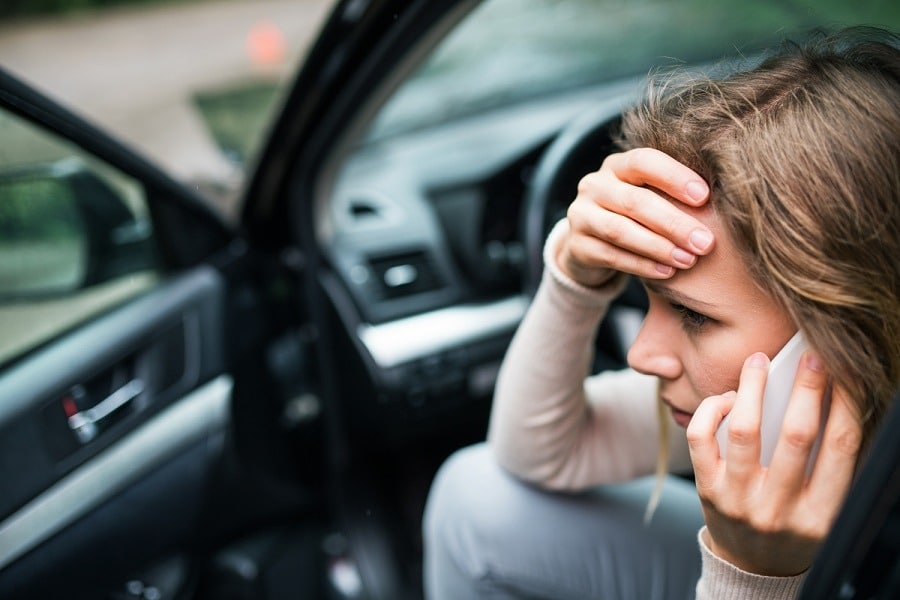First Moves After Baltimore Car Accident?

I would venture to say that this-First Moves After Baltimore Car Accident?- is probably the most commonly asked question that I receive from a prospective client who has just been involved in an accident. I certainly agree that it makes sense to seek the guidance and counsel of someone who deals with accidents, and particularly Baltimore accident and injury victims on a daily basis. An experienced Maryland personal injury attorney is certainly such a qualified individual. Having said that, I would also suggest that there are a variety of consequences and ramifications that flow from a typical Baltimore car accident. Some of those ramifications are medical, some are legal, and some of those consequences involve the application of insurance claims handling practices. In my experience, the best, concise, advice I can give is contained herein: First Moves After Baltimore Car Accident?
- If you have been involved in an accident, the most important thing you can do -if you’ve been injured, or if you believe you might have been injured- is to get yourself medically evaluated as quickly as possible.
- If the situation allows, and you are physically able to safely gather information, you should gather as much contemporaneous data as possible. This would include things like: identifying information about the other driver including, vitally, his or her insurance company.
- The names of any witnesses.
- Photographic evidence of the scene, the vehicles and the participant’s identifying information.
- Any time an accident involves personal injury or property damage the police should be involved.
- You must immediately notify your insurance company of the accident and make sure that a personal injury protection [or pip] claim has been set up for you.
- You must notify the insurance company for the other driver of the accident and any injuries that you sustained. Note: I frequently counseled clients not to make a final pronouncement on whether or not they sustained a bodily injury until several days have passed after the accident, and until you’ve had a medical evaluation.
A thorough personal injury attorney will handle many of these steps for you, and certainly:
- notify the appropriate parties.
- collect pertinent information.
- file the appropriate claims, and if necessary
- file a lawsuit if an adequate settlement is not obtainable.
Who Do I Sue in a Baltimore MVA Lawsuit?
In the aftermath of a motor vehicle accident (MVA) in Baltimore, identifying the appropriate parties to name in a lawsuit is a crucial first step in seeking compensation. While the at-fault driver is often the most obvious defendant, other individuals, businesses, or even governmental entities may bear partial or full responsibility for the harm caused. Properly naming all appropriate parties is essential for maximizing recovery and ensuring justice is served.
- The At-Fault Driver
The most direct and common defendant in an MVA lawsuit is the negligent driver who caused the crash. Whether they were speeding, distracted, intoxicated, or otherwise reckless, the at-fault driver is legally liable for injuries and property damage resulting from their conduct. If that person was operating a personal vehicle, they are typically named individually in the lawsuit, and their insurance policy is usually the primary source of compensation.
- The Vehicle Owner
In some cases, the driver and the vehicle owner are not the same. Maryland law recognizes the doctrine of negligent entrustment, where the owner of a vehicle may be held liable for knowingly allowing someone unfit—due to intoxication, inexperience, or a poor driving history—to operate their vehicle. If the owner lent their car to a friend or family member who caused the accident, both the driver and owner may be named as defendants.
- Employers and Commercial Entities
If the at-fault driver was working at the time of the crash—such as a delivery driver, trucker, or utility worker—their employer may be vicariously liable under the doctrine of respondeat superior. In these situations, it’s appropriate to name the employer as a defendant. For example, if a delivery truck for a local Baltimore-based business ran a red light and caused a collision, both the driver and the company employing them may be legally responsible.
- Government Entities
If the at-fault driver was working at the time of the crash—such as a delivery driver, trucker, or utility worker—their employer may be vicariously liable under the doctrine of respondeat superior. In these situations, it’s appropriate to name the employer as a defendant. For example, if a delivery truck for a local Baltimore-based business ran a red light and caused a collision, both the driver and the company employing them may be legally responsible.
Accidents by their very nature are unexpected and startling events. When the unexpected happens, an individual impacted by the event is jarred from their normal processes. Pain, adrenaline and stress can all impact someone’s perceptions, judgment and decision-making ability. While one can never prepare for an accident [if you could, you would never be involved in an accident because you could prevent it- and I would be out of work] you can have a general checklist of “must-do” measures in which to engage immediately after an accident. I’ve provided a brief checklist here.



